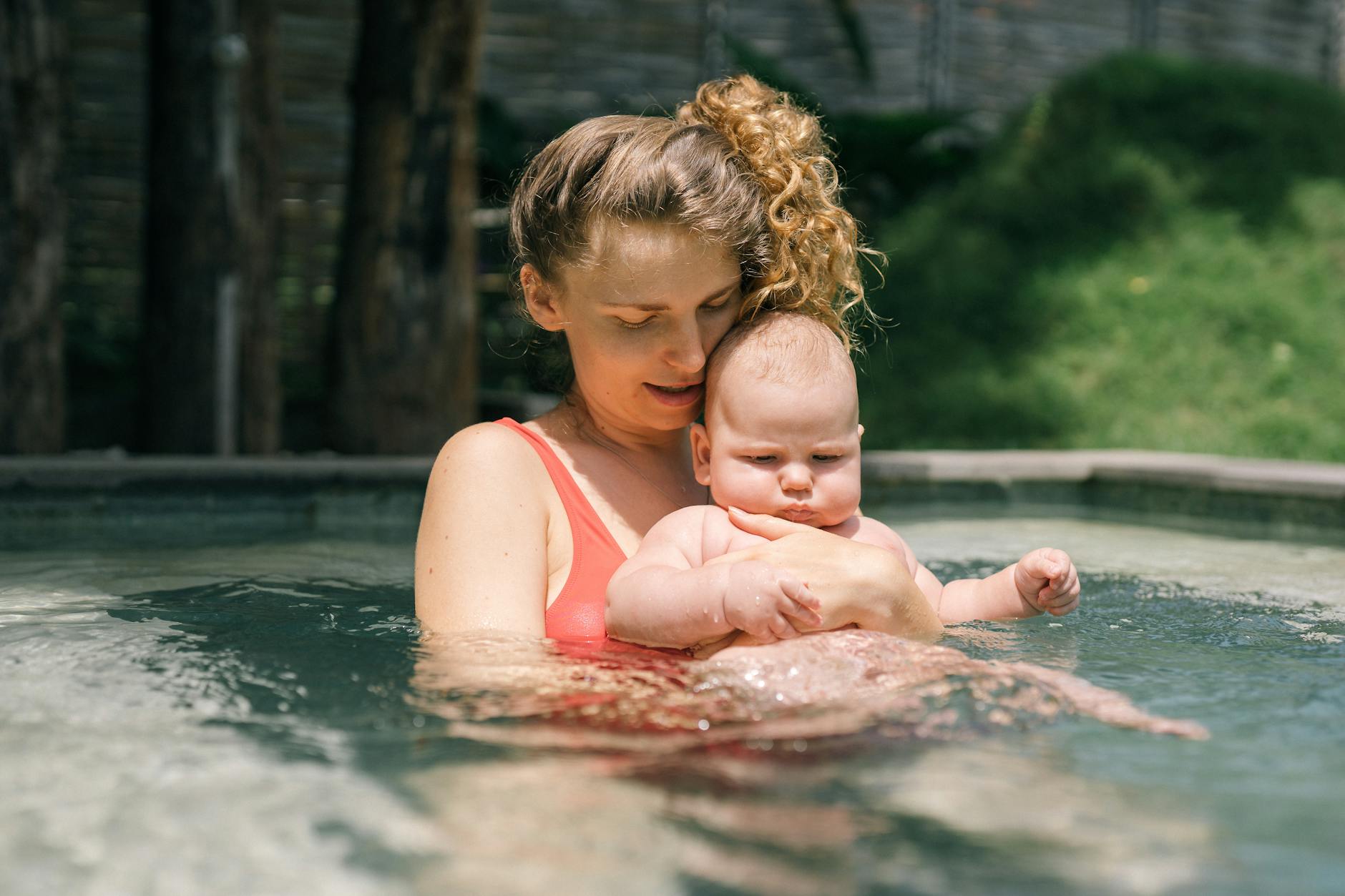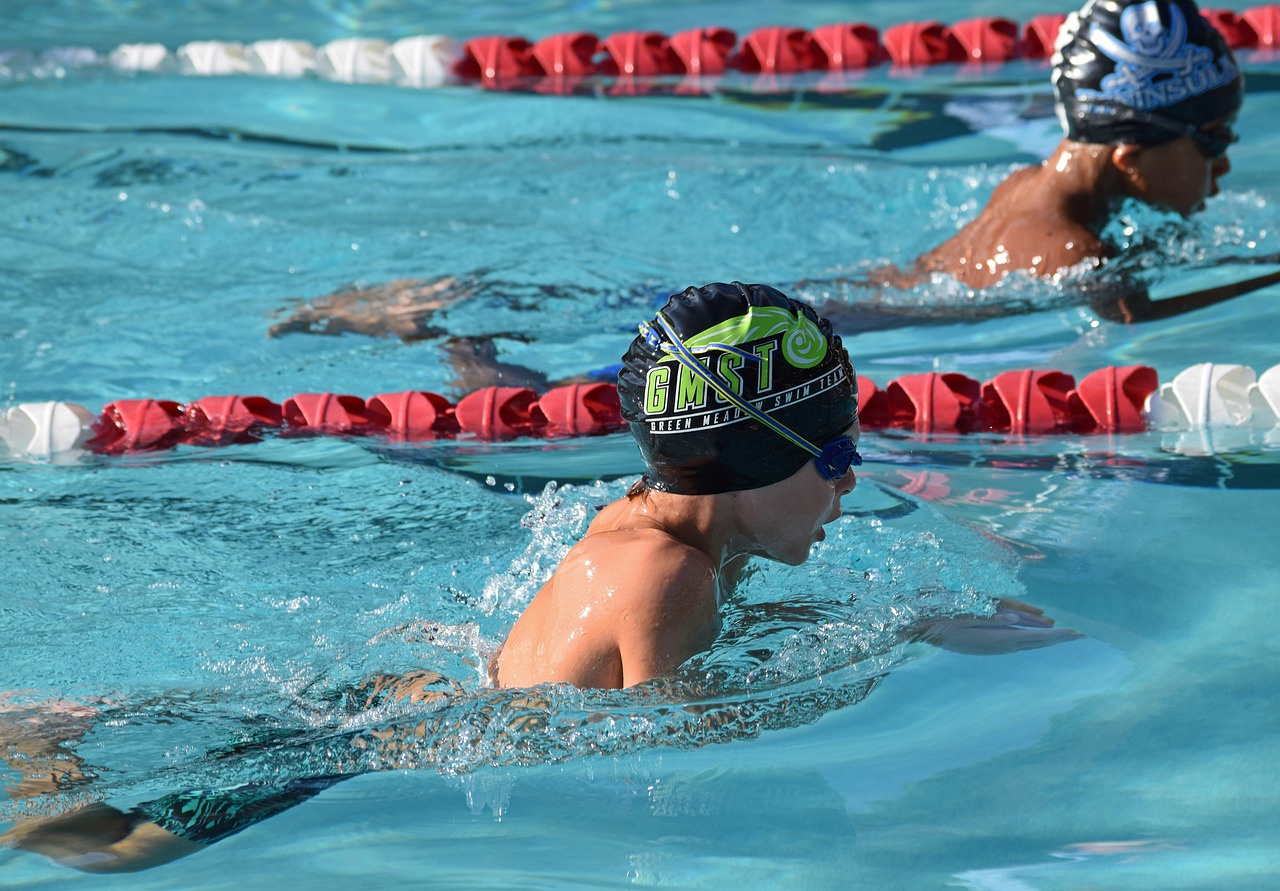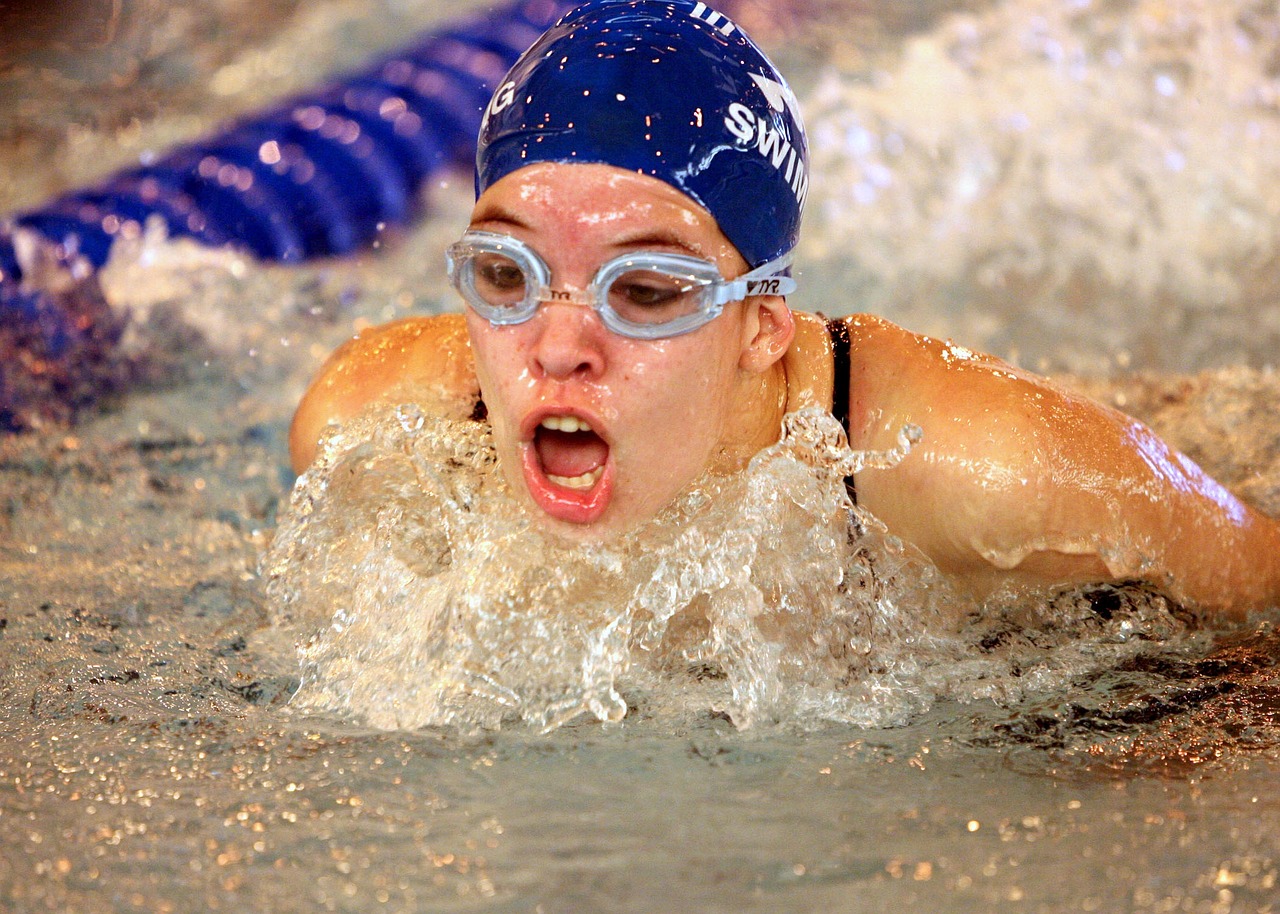Leg Pain After Swimming: Causes and How to Prevent and Treat Leg Pain After Swimming
Swimming is a fantastic form of exercise that offers a lot of benefits for both the mind and body. However, it is not uncommon for swimmers to experience leg pain after swimming at a meet or training session.
This discomfort can be a result of various factors, such as muscle cramps, strains, or even improper warm-up and cool-down techniques.

In this article, we will explore the common causes of leg pain after swimming, the symptoms to look out for, and, most importantly, how to prevent and treat this discomfort effectively.
Advertisements
Common Causes of Leg Pain After Swimming
There are several potential causes of leg pain after swimming:
- Muscle cramps: One common culprit is muscle cramps, which occur when muscles involuntarily contract and become tight.
Dehydration, electrolyte imbalances, and overexertion are often contributing factors to muscle cramps. - Muscle strain: Another possible cause is muscle strain. This occurs when the muscle fibers are stretched beyond their capacity, leading to microscopic tears and subsequent pain.
- Poor swimming technique: Poor swimming technique can also contribute to leg pain. Improper kicking form, such as using excessive force or having incorrect foot positioning, can strain the muscles in the legs.
- Inadequate warm-up and cool-down routines: Lastly, inadequate warm-up and cool-down routines can leave the muscles unprepared or not properly recovered, increasing the risk of pain and discomfort after swimming.
Common Symptoms of Leg Pain After Swimming
Leg pain after swimming can manifest in various ways, and the specific symptoms depend on the underlying cause.
Muscle cramps often result in sudden, intense pain that can last for a few seconds to several minutes. The affected muscle may feel hard to the touch and visibly contract.

On the other hand, muscle strains may cause a dull, aching pain that worsens with movement. Swelling, tenderness, and bruising may also be present in cases of muscle strains.
Advertisements
It is important to note that if the leg pain persists or worsens, or if there are additional symptoms such as numbness, tingling, or weakness, it is crucial to seek medical attention promptly.
These could be signs of a more severe injury or condition that requires professional evaluation and treatment.
Understanding Muscle Cramps and Strains in Leg Pain After Swimming
Muscle cramps and strains are two common issues that can contribute to leg pain after swimming.
Muscle cramps occur when a muscle contracts involuntarily and does not relax, leading to pain and discomfort.
Dehydration, electrolyte imbalances, and overexertion can all contribute to the onset of muscle cramps.
To prevent cramps, it is important to stay properly hydrated before, during, and after swimming.
Consuming electrolyte-rich beverages and maintaining a balanced diet can help replenish essential minerals and prevent imbalances.

Muscle strains, on the other hand, occur when the muscle fibers are stretched beyond their limits, leading to microscopic tears.
Poor swimming technique, such as improper kicking form or excessive force, can strain the muscles in the legs.
To prevent strains, it is crucial to focus on proper technique and gradually increase the intensity of your swimming sessions.
Ensuring adequate rest and recovery between workouts is also important to give the muscles time to repair and strengthen.
READ ALSO: Do Swimmers Lift Weights?
How to Prevent Leg Pain After Swimming
Prevention is key when it comes to avoiding leg pain after swimming. By following these simple tips, you can significantly reduce the likelihood of experiencing discomfort:
- Stay hydrated: Proper hydration is essential for muscle function and overall health. Drink plenty of fluids before, during, and after your swimming sessions.
- Maintain a balanced diet: Eating a well-rounded diet that includes a variety of nutrients can help prevent electrolyte imbalances and provide the necessary fuel for your muscles.
- Warm-up and cool-down: Before jumping into the pool, take a few minutes to warm up your muscles with light exercises and stretches. Similarly, after your swim, cool down with gentle stretches to promote muscle recovery.
- Improve technique: Focus on proper swimming technique, particularly in your kicking form. Seek guidance from a swimming instructor if needed to ensure you are using the correct techniques to minimize strain on your legs.
- Gradual progression: Avoid sudden increases in the intensity or duration of your swimming workouts. Gradually build up your endurance and strength over time to give your muscles time to adapt.
Stretching Exercises to Relieve Leg Pain After Swimming
Stretching exercises can be highly effective in relieving leg pain after swimming. Incorporating these exercises into your post-swim routine can help relieve muscle tension and promote recovery.
Here are three stretching exercises specifically targeted for the legs:
- Quad Stretch: Stand upright and grab your ankle, pulling your heel towards your buttocks. Hold the stretch for 20-30 seconds and repeat on the other leg. This stretch targets the quadriceps muscles in the front of your thigh.
- Calf Stretch: Find a wall or sturdy object to lean against. Place one leg behind you, keeping it straight and pressing your heel into the ground. You should feel a stretch in your calf muscle. Hold for 20-30 seconds and switch legs.
- Hamstring Stretch: Sit on the edge of a chair or bench with one leg extended in front of you. Keeping your back straight, lean forward until you feel a gentle stretch in the back of your thigh. Hold for 20-30 seconds and repeat on the other leg.
Remember to perform these stretches gently and gradually, avoiding any sudden or jerky movements that could further strain the muscles.
Proper Warm-up and Cool-down Techniques for Swimming
Proper warm-up and cool-down techniques are crucial for preparing your muscles for swimming and aiding in their recovery afterward.

Before diving into the pool, take a few minutes to perform a dynamic warm-up routine. This can include exercises such as arm circles, leg swings, and light jogging.
Dynamic warm-ups help increase blood flow to the muscles, improve flexibility, and prepare the body for the upcoming workout.
After your swim, take the time to cool down properly. This can involve light swimming or gentle exercises that promote relaxation.
Following the cool-down, perform static stretches to help elongate the muscles and prevent tightness. Hold each stretch for 20-30 seconds, focusing on the major muscle groups used during your swim.
By incorporating these warm-up and cool-down techniques into your swimming routine, you can reduce the risk of leg pain and promote overall muscle health.
Treatment Options for Leg Pain After Swimming
If you do experience leg pain after swimming, there are several treatment options that can help relieve discomfort and promote healing.
The following strategies can be effective in managing leg pain:
- Rest and ice: Give your legs a break from swimming and apply ice packs to the affected area. Ice can help reduce inflammation and provide pain relief.
- Over-the-counter pain medications: Nonsteroidal anti-inflammatory drugs (NSAIDs), such as ibuprofen, can help reduce pain and inflammation. Follow the recommended dosage instructions and consult with a healthcare professional if necessary.
- Compression and elevation: Wearing compression socks or using compression wraps can help reduce swelling and promote blood circulation. Elevating your legs above your heart level can also aid in reducing swelling.
- Gentle massage: Lightly massaging the affected muscles can help increase blood flow and alleviate tension. Use gentle, circular motions and avoid applying excessive pressure.
- Gradual return to swimming: Once the pain has subsided and you have received clearance from a healthcare professional, gradually reintroduce swimming into your routine. Start with shorter sessions and lower intensity, gradually increasing as your pain resolves.
READ ALSO: Effective Strategies for Dealing with Hip Pain After Swimming
Rest and Recovery from Leg Pain
Rest and recovery are essential components of any fitness routine, and they play a crucial role in managing leg pain after swimming.
When experiencing discomfort, it is important to listen to your body and allow it the time it needs to heal.
Avoid pushing through the pain, as this can exacerbate the issue and potentially lead to further injury.
During the rest period, focus on other low-impact activities that do not aggravate your leg pain, such as walking or cycling.
These activities help maintain cardiovascular fitness while giving your legs the opportunity to recover.
Additionally, prioritize getting enough sleep, as it is during sleep that the body repairs and regenerates.
When to Seek Medical Attention for Leg Pain After Swimming
While most cases of leg pain after swimming can be managed with self-care strategies, there are instances where medical attention is warranted.

If your leg pain persists or worsens despite rest and conservative measures, or if you experience additional symptoms such as numbness, tingling, or weakness, it is important to seek medical attention promptly.
These could be signs of a more severe injury or condition that requires professional evaluation and treatment.
A healthcare professional can conduct a thorough examination, perform any necessary diagnostic tests, and provide appropriate treatment recommendations.
Do not hesitate to reach out for medical advice if you are unsure or concerned about your leg pain.
Tips for a Safe and Enjoyable Swimming Experience
To ensure a safe and enjoyable swimming experience while minimizing the risk of leg pain, consider the following tips:
- Proper equipment: Invest in a well-fitting swimsuit and swim cap to reduce friction and enhance comfort during your swim.
- Swim in appropriate conditions: Pay attention to weather conditions, water temperature, and any potential hazards before entering the water. Avoid swimming in cold water if you are prone to muscle cramps.
- Proper technique: Seek guidance from a swimming instructor to learn proper swimming techniques, including correct kicking form and body alignment. This can help prevent strain on your legs and reduce the risk of leg pain.
- Swim with a buddy: Whenever possible, swim with a partner or in designated areas with lifeguards present. This ensures someone is available to assist you in case of an emergency.
- Listen to your body: If you experience any discomfort or pain during your swim, take a break and assess the situation. Pushing through pain can lead to further injury.
By following these tips, you can create a safe and enjoyable swimming experience for yourself while minimizing the risk of leg pain after swimming.
READ ALSO: 10 Bad Swimming Habits Holding You Back
Conclusion
Leg pain after swimming is a common issue that can be caused by various factors such as muscle cramps, strains, and improper warm-up and cool-down techniques.
By understanding the causes and symptoms of leg pain, as well as implementing effective prevention strategies, you can significantly reduce the likelihood of experiencing discomfort.
Incorporating stretching exercises, practicing proper warm-up and cool-down techniques, and seeking appropriate treatment options when needed are all essential for managing leg pain after swimming.
Remember to prioritize rest and recovery, and always seek medical attention if your leg pain persists or worsens.
By following these guidelines, you can enjoy a safe and fulfilling swimming experience without the hindrance of leg pain.
If you want to read more answers to difficult sports questions, subscribe to our newsletter and stay informed!
Subscribe to our newsletter!



